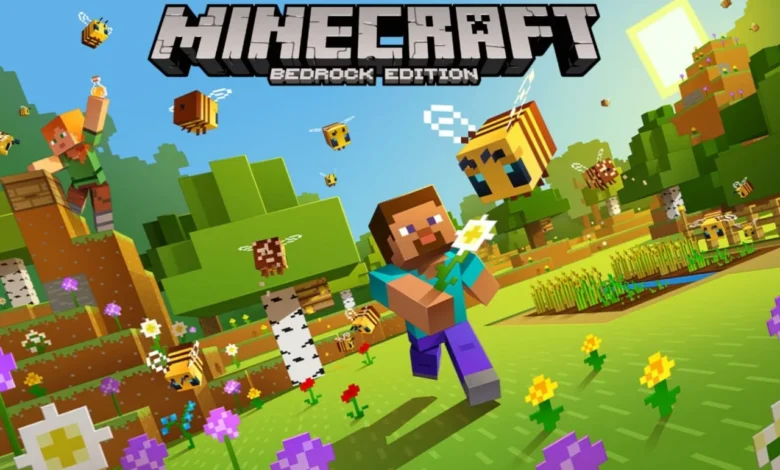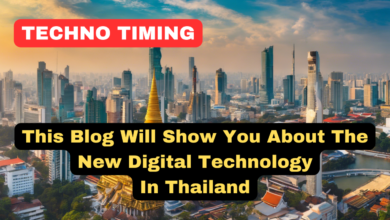Minecraft (2009) Game Icons Banners: An Iconic Journey Through Time?

In 2009, a game that would soon become a cultural phenomenon was quietly released. Created by Markus “Notch” Persson, Minecraft took the gaming world by storm with its pixelated graphics and limitless potential for creativity. One of the most recognizable features of this game has been its icons, banners, and unique visual identity. In this article, we will look in-depth at the evolution of Minecraft’s (2009) game icon banners, how they have shaped the game’s community, and what makes them so iconic in the gaming world.
The Early Days of Minecraft (2009)
When Minecraft was first launched in 2009, it didn’t have the polished, sleek appearance that gamers have come to expect from today’s titles. It was a rough, blocky world, limited in scope and visuals. Yet, within this simplicity, Minecraft’s game icons and banners began to stand out as essential elements of the experience.
In the early versions, the interface was minimalist. The Minecraft icon itself was a basic representation of the game’s pixel art style—a block of dirt with grass on top. This icon has remained iconic and is instantly recognizable to players across generations. As the game developed, so too did its collection of game icons and banners, each representing different features, biomes, or tools within the game.
The Evolution of Minecraft Game Icons
Icons play a crucial role in the user experience of any game, and Minecraft is no different. The evolution of Minecraft (2009) game icon banners began with simplicity, but as the game expanded, more detailed icons were introduced. These icons represent everything from blocks, items, tools, and even creatures that inhabit the world of Minecraft.
The game’s crafting system is heavily reliant on these icons. Each item or block in the game is represented by a small, pixelated icon stored in the player’s inventory. These icons, though simple, offer a huge variety of visual appeal, given the vast array of materials players can use in the game—from wood, stone, and metal to magical elements like enchanted books and potions.
For example, the pickaxe icon—one of the most iconic tools in the game—comes in different variations, from wood to diamond, symbolizing a player’s progression in the game. Other significant icons include the sword, crafting table, furnace, and various ores. These visual cues help players navigate their gameplay, instantly recognizing the necessary tools to survive and build.
Banners: A Creative Canvas for Players
Introduced in Minecraft 1.8, banners added a new layer of customization to the game. Players could craft banners using wool and dye, giving them the ability to create flags or banners that represent their clan, kingdom, or even just personal aesthetics. These banners have become vital to the Minecraft community, especially in multiplayer servers where players use them to mark territory or decorate their builds.
The creativity behind Minecraft’s (2009) game icon banners comes from their flexibility. Players can design banners using up to six layers of patterns and colors, making the possibilities virtually endless. Whether you want to recreate your country’s flag, design a symbol for your gaming clan, or create a unique piece of art, banners offer the chance to personalize your Minecraft world.
Some of the most common designs include creeper faces, skulls, crosses, and diagonal lines, but the natural charm comes in experimenting with and mixing these patterns. This feature became highly popular because it allows players to leave their mark on a game known for its creative possibilities.
How Game Icons and Banners Foster Community
One of the most remarkable aspects of Minecraft is how its community has taken the game’s icons and banners to the next level. Minecraft players are not just game content consumers but also creators. Through community-led efforts, mods, and custom server builds, Minecraft’s icons and banners have evolved far beyond their original intentions.
On public servers, especially those centered around role-playing or faction-based play, banners are often used as symbols of allegiance. Players create unique banners to represent their group, guild, or empire, giving the game a medieval feel. These banners are displayed proudly in player-built castles, fortresses, and cities.
Icons, on the other hand, are integral to Minecraft’s modding community. Many mods introduce new blocks, items, and features into the game, each with custom icons. The fact that these modders often design their icons in the same blocky, pixelated style as the original match demonstrates how iconic Minecraft’s visual identity has become.
Additionally, YouTube and Twitch streamers have incorporated Minecraft icons and banners into their branding. Popular Minecraft content creators often display custom banners or icons in their in-game bases, adding to viewers’ sense of immersion.
The Significance of Minecraft’s Visual Identity
Icons and banners may seem minor features in a vast game like Minecraft, but their significance cannot be overstated. They contribute to the game’s unique and easily recognizable aesthetic. The blocky, pixel-art style of Minecraft’s game icons has become symbolic of a more significant cultural movement toward creativity and freedom in gaming.
Moreover, Minecraft’s visual identity invites participation. The game fosters a sense of ownership and individuality by giving players the tools to create their own banners, customize icons through modding, and display these elements in their builds. These elements have kept Minecraft (2009) game icon banners relevant and beloved more than a decade after the game’s release.
Conclusion
The impact of Minecraft’s (2009) game icon banners extends far beyond simple visual elements. They represent creativity, community, and personal expression within a digital world where players are encouraged to build, craft, and explore. The simplicity of these icons and the vast possibilities of banner designs testify to the game’s timeless appeal.
As Minecraft continues to evolve, its icons and banners will remain crucial to its identity. They serve as more than just symbols—they are tools that have helped build a vibrant community of creators and explorers who will carry the legacy of Minecraft forward for many years to come.




